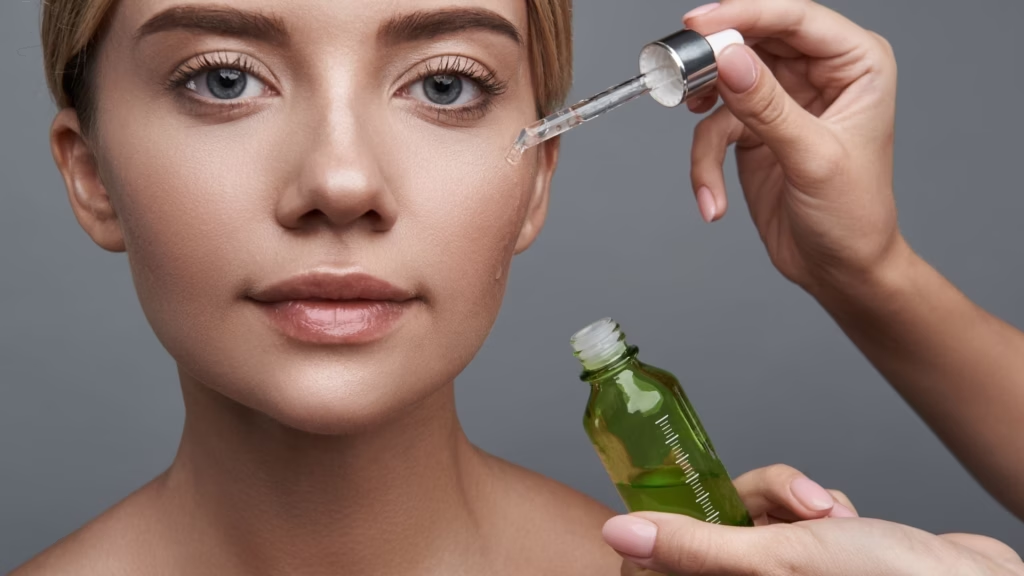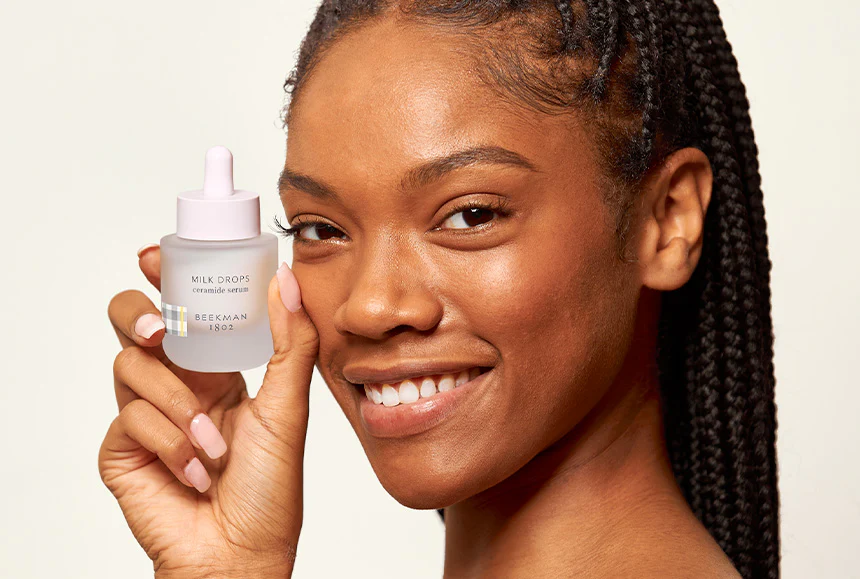In skincare, it’s not just what you use—it’s how you use it. You can have the most powerful ingredients in your collection, but if you’re applying them in the wrong order, they may not work effectively. Whether you’re dealing with dryness, acne, or aging skin, learning how to layer serums and moisturizers correctly can be the key to unlocking your healthiest, most radiant skin.
This guide walks you through the optimal order of skincare application, why layering matters, and tips to avoid common mistakes.
Why Layering Skincare Products Matters
Think of skincare like building a house—each layer has a purpose. Layering correctly ensures that each product is absorbed properly and can do its job without interference. Here’s what correct layering can help you achieve:
- Maximized absorption of active ingredients
- Balanced hydration and oil control
- Prevention of pilling or irritation
- Improved skin texture and tone over time
Missteps in layering can cause certain ingredients to cancel each other out or sit on the skin’s surface without penetrating properly. To make the most of your skincare routine, follow a consistent order based on product texture and purpose.
Step-by-Step: How to Layer Serums and Moisturizers
Step 1: Start With a Clean Face
Before applying anything, cleanse your face thoroughly. Use a gentle cleanser that suits your skin type—gel for oily skin, cream for dry skin, or micellar water for sensitive skin.
Optional: Use a toner or essence if part of your routine. These are water-like treatments that prep your skin to absorb serums better.
Step 2: Apply Water-Based Serums First
Serums are concentrated with active ingredients, and their lighter texture means they should go on early in your routine. Apply water-based serums first, as they penetrate deeper into the skin.
Examples:
- Hyaluronic acid (for hydration)
- Niacinamide (for pore refinement)
- Vitamin C (for brightening)
How to apply:
- Use 2–3 drops and gently press it into your skin.
- Wait 30–60 seconds to let it absorb.
Step 3: Apply Oil-Based Serums or Treatments
Oil-based serums or facial oils come after water-based ones. These are thicker and help seal in hydration while delivering oil-soluble ingredients like retinol or plant extracts.
Examples:
- Retinol or retinaldehyde
- Rosehip oil
- Bakuchiol
Pro Tip: Don’t mix oil- and water-based serums together—apply them in layers so they don’t block each other out.
Step 4: Apply Eye Cream (Optional)
If you use an eye cream, apply it now. Use your ring finger to gently tap the product around the orbital bone.
Step 5: Lock in With a Moisturizer
Moisturizers seal in all the good stuff from your serums. Choose one based on your skin needs:
- Gel moisturizers for oily or acne-prone skin
- Cream moisturizers for dry or mature skin
- Lotion-texture for normal or combination skin
Apply a dime-sized amount and massage gently over your face and neck.
Step 6: Don’t Forget SPF (Morning Routine Only)
In your morning routine, finish with a broad-spectrum sunscreen of at least SPF 30. This protects your skin from UV damage, which can undo the benefits of all your serums and moisturizers.
Bonus Tips for Effective Layering
1. Thinnest to Thickest
Always apply products from thinnest to thickest consistency. This helps your skin absorb each one effectively without creating a barrier too soon.
2. Wait Between Layers
Give each product 30 to 60 seconds to absorb before applying the next. This reduces the risk of pilling and gives each formula time to activate.
3. Use the Right Amount
More isn’t better. Use pea-sized amounts for creams and 2–3 drops for serums to avoid overloading your skin.
4. Watch for Ingredient Conflicts
Certain ingredients shouldn’t be layered together. For example:
- Avoid combining retinol with vitamin C (unless your skin is used to it)
- Don’t mix AHAs/BHAs with retinoids—it may irritate the skin
- Niacinamide and vitamin C can work together but may need layering in separate routines (AM vs. PM)
Morning vs. Night Layering
Your skin has different needs in the morning and at night. Here’s how to structure both:
Morning Routine
- Cleanser
- Toner (optional)
- Antioxidant serum (Vitamin C)
- Hydrating serum (Hyaluronic acid)
- Moisturizer
- Sunscreen
Night Routine
- Cleanser
- Exfoliating or treatment serum (Retinol, AHAs)
- Hydrating serum
- Moisturizer
- Oil or night cream (if needed)
How Often Should You Use Each Product?
- Vitamin C: Daily (AM)
- Hyaluronic Acid: Daily (AM/PM)
- Retinol: 2–3 times a week (PM only)
- Niacinamide: Daily (AM/PM)
- Exfoliating serums (AHAs/BHAs): 1–3 times per week (PM)
To avoid over-exfoliation, try alternating chemical exfoliants with DIY Exfoliating Scrubs for Sensitive Skin, which provide gentler exfoliation using natural ingredients like oats, honey, or yogurt.
Frequently Asked Questions
Can I mix serums together?
You can mix some serums, especially if they’re water-based and gentle. However, for stronger actives like retinol or acids, layer separately to reduce the risk of irritation.
What happens if I apply moisturizer before serum?
Moisturizer can act as a barrier, preventing your serum from penetrating the skin effectively. Always apply serums before moisturizers.
How do I know if a product is working?
Track your progress over 4–6 weeks. Look for improvements in hydration, texture, brightness, or firmness. If irritation occurs, scale back or consult a dermatologist.
Final Thoughts
Layering serums and moisturizers correctly isn’t complicated—it just takes a little know-how and consistency. By following the right order, waiting between applications, and understanding ingredient compatibility, you can get the most out of your skincare products without wasting money or time.
You don’t need a 10-step routine to see real results—just smart layering, targeted ingredients, and SPF. Your skin will thank you with a healthier, more radiant glow.







